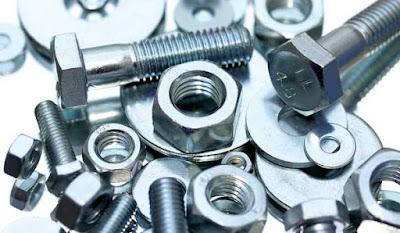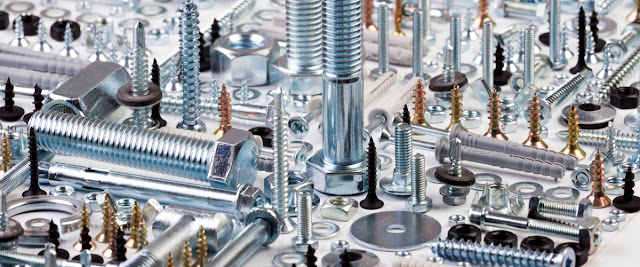HOW TO PREVENT CORROSION ON FASTENERS

When you install a fastener, you want & expect that fastener to stand the test of time. For projects large & small, fasteners serve as the glue that holds together various pieces to create a structure or object that has integrity. But there's one enemy that can threaten that integrity & the strength of metal fasteners: corrosion. In this blog by fasteners manufacturer in Canada , we will look at why corrosion occurs & how to prevent corrosion on fasteners of all kinds. More specifically, electrochemical corrosion — better known as “rust” — can reduce a fastener’s strength & render it useless. Thankfully, for construction professionals & others who use metal fasteners for projects, choosing the right materials & taking the right action can help reduce the possibility of corrosion & increase the chances that a structure remains strong over the long-term. If corrosion occurs, it demands action. You can’t just wish it away & hope for the b...


